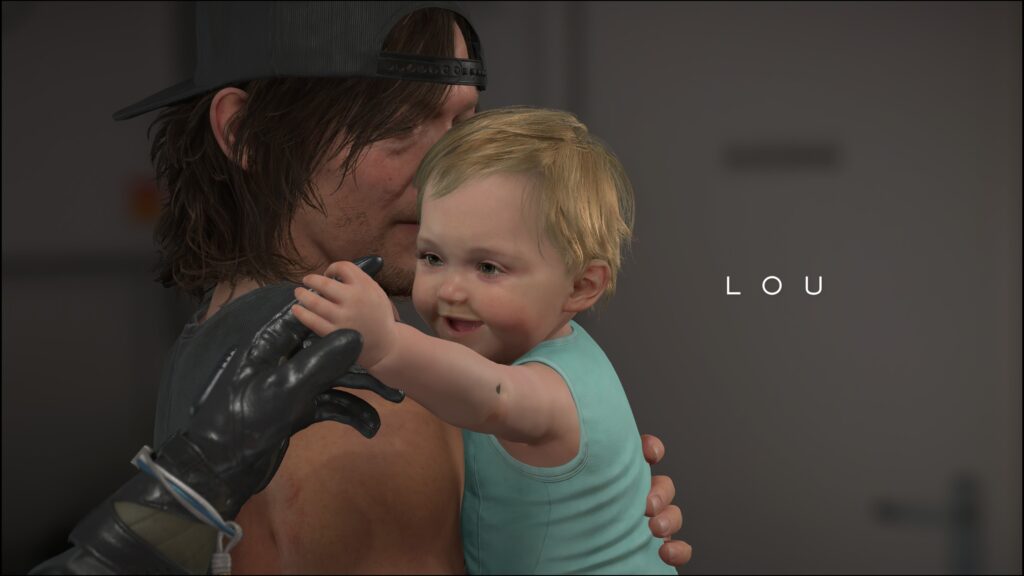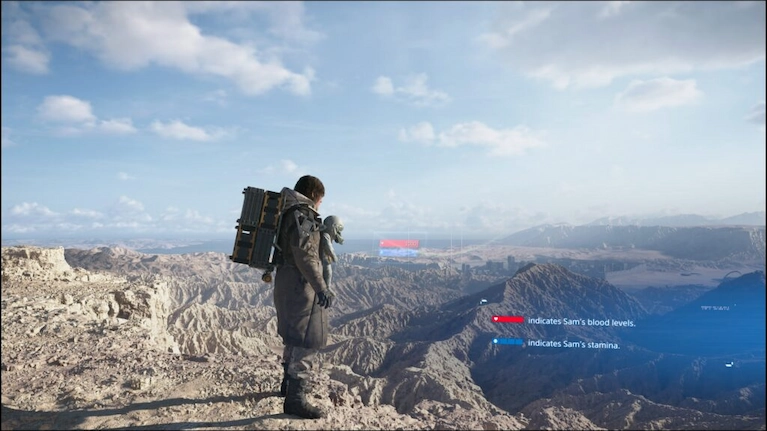It might be a little late to review Death Stranding 2, but for an experience this personal and meaningful, I didn’t want to rush it for the sake of staying ahead of the media curve. Hideo Kojima’s sequel is not a revolution, nor is it trying to redefine the gaming world. Instead, it offers a complete, thoughtful continuation that honors the long wait fans have endured.
From Controversy to Continuity
The original Death Stranding was polarizing. Backed by Sony and helmed by Kojima, it was one of the most ambitious and personal projects ever released under the EA Originals-style banner. That game broke structural norms and leaned heavily on abstract storytelling. With Death Stranding 2, Kojima takes a more grounded, measured approach, but his signature is still imprinted on every frame.
A Faster, Smoother Start
Right from the opening, it’s clear Kojima has listened to criticism. Where the first game took 2–3 hours to start, Death Stranding 2 takes just 20 minutes to get players into their first mission. Story twists are delayed; instead, the game introduces core mechanics early on—an intentional change to make the experience more accessible. This feels more like a sequel to the Director’s Cut than the original base game.
Story Setup: Grief, Isolation, and a New Mission
Set 11 months after the first game, the story opens in the ruins of Mexico. Sam Bridges (Norman Reedus) lives in hiding with his child, Lou. Their solitude is interrupted when Fragile (Léa Seydoux), now part of a new organization called Drawbridge, asks Sam to connect Mexico to the Chiral Network, just like he did with the U.S.
New lore and terminology can be overwhelming, but Kojima introduces Corpus, a built-in encyclopedia inspired by Final Fantasy’s lore entries. This helps players old and new better understand the world and its complexities.
Streamlined Narrative, Deeper Gameplay

Unlike the first game’s cryptic and fragmented storytelling, Death Stranding 2 takes a clearer, more direct approach—much like Metal Gear Solid 3. Story beats are spaced more naturally, and the game balances exposition with gameplay far more efficiently than before.
The core gameplay loop remains: delivering cargo from point A to point B. But this time, route selection matters, and environmental challenges like sandstorms, floods, and earthquakes introduce genuine tension. Each delivery feels more dynamic and less predictable.
A More Engaging World
World events affect your strategy. For example, delivering pizza at night (yes, pizza deliveries return) ensures cooler temperatures and less damage to the food. The world is alive and hostile, which enhances immersion.
You also interact with other players indirectly—building or using their structures. But beware: natural disasters can destroy ladders, bridges, and shelters. The Social Strand System has been revamped, now allowing players to share images in-game and react, making interaction feel more organic.
Combat, Stealth, and Tools Get a Boost
Combat has been refined—more weapons, better movement, and DualSense feedback make shooting smoother. While the AI is inconsistent, it’s a step forward. Stealth now takes cues from The Phantom Pain, with more gadgets and tools like the Dollman companion, watchtowers, and distraction mechanics.
Still, the enemy AI can feel erratic—at times too smart, and at others embarrassingly unaware. It’s a legacy issue from the first game, now more apparent due to the expanded stealth mechanics.
More Action, but Not Always Better
There’s more combat and action overall, especially early on. In just three hours, players fight a boss, infiltrate a camp, and navigate BT territory. For fans of the original’s meditative pace, this may feel excessive. But it also makes the game more accessible to newcomers.
The addition of new weapons, like a samurai-style sword, gives Sam fresh combat abilities and depth.
BT Encounters and Boss Battles
BTs haven’t changed fundamentally, but their movement and placement in the world now demand more attention. Tools for managing BTs expand over time, keeping encounters tense and meaningful.
Boss fights are more diverse, though structurally familiar. It’s evolution, not revolution—a theme that runs throughout the game.
Locations: From Mexico to Australia
After the Mexico prologue (3–5 hours), players move to Australia, a vastly different biome compared to the U.S. in the first game. This shift in scenery boosts exploration, and within 10 hours, the game reveals most of its gameplay mechanics, allowing players to define their own playstyle.
The DHV Magellan: A Moving Hub
The DHV Magellan, a ship-based hub, serves as your home base. You can train, shower, customize gear, fast travel, and interact with characters. It’s functional and well-integrated into both gameplay and story.
Side Quests and Reward Systems
Side missions now offer real rewards, like a bridge-building gadget or skill tree points. This removes the “pointless side quest” feeling from the first game. Even the smallest deliveries now carry value and progression incentives.
Major Plot Twist (Spoiler-Free Summary)
The story gains momentum after a tragic turning point involving Fragile and Lou. Sam, devastated and broken, must decide whether to rejoin Drawbridge to help connect Australia. This emotional low is followed by a new resolve—and the core theme shifts from survival to renewal.
Characters like Rainy and Tarman are developed through tight cutscenes and narrative devices—even referencing Moby Dick and using original songs like Story of Rainy by Woodkid for emotional resonance.
Characters, Voice Acting, and Performance
Norman Reedus and Léa Seydoux return with solid performances, but Troy Baker steals the show as Higgs. His return (with a new design) and flawless voice acting make him one of the most compelling villains in modern gaming.
Other characters, like Neil, have well-written arcs, though sometimes lack originality in delivery compared to earlier Kojima works.
Themes: From Connection to Grief
While the first game centered on the idea of “connection,” the second explores loneliness and grief. It’s less universal, but still emotionally resonant. However, the absence of a strong thematic anchor like “connection” means the sequel’s message may not linger as deeply.
Visuals, Direction, and Cinematics
Death Stranding 2 is a technical marvel. Built in Decima Engine and enhanced with MetaHuman tech, it offers cinematic visuals that rival photorealism. Scenes like standing under a moonlit ocean sky are unforgettable.
Cinematic cutscenes are masterfully directed, with Kojima’s signature pacing and visual storytelling at their peak. The game looks and feels next-gen in every frame, from lighting to particle effects.
UI, Map Design, and Minor Issues
One major flaw is the overloaded UI, especially in the map. Too many elements share similar colors and make quick readability difficult. It’s a small but notable annoyance in an otherwise polished experience.
Soundtrack: A Kojima Staple
The music is phenomenal. Featuring artists like Woodkid, Low Roar, Chvrches, and Magnolian, it blends perfectly with the atmosphere. Composer Ludwig Forssell returns alongside Woodkid to deliver another emotional, ambient score.
Final Verdict: A Mature, Reflective Masterpiece
Death Stranding 2: On The Beach is a bold evolution rather than a revolution. It builds upon its predecessor’s foundations with smarter mechanics, deeper systems, and a more accessible pace—without compromising its unique identity.
For those who didn’t enjoy the first game, this sequel won’t change their minds. But for fans, it offers a more refined, fulfilling experience—less obscure, more direct, yet still deeply personal.
